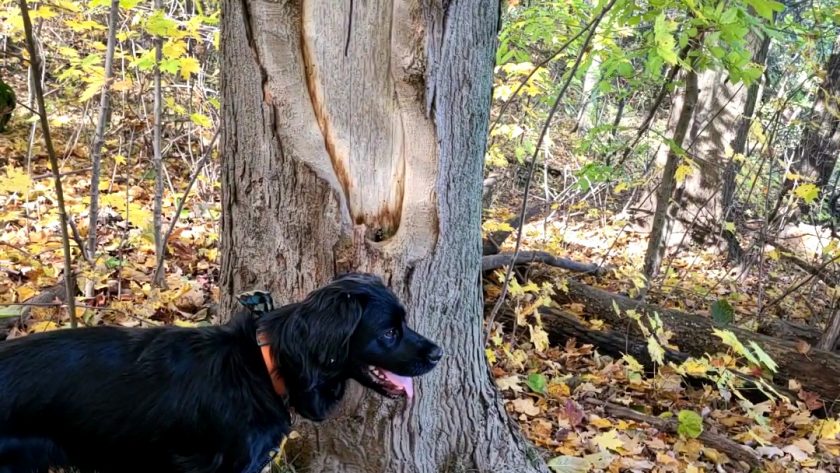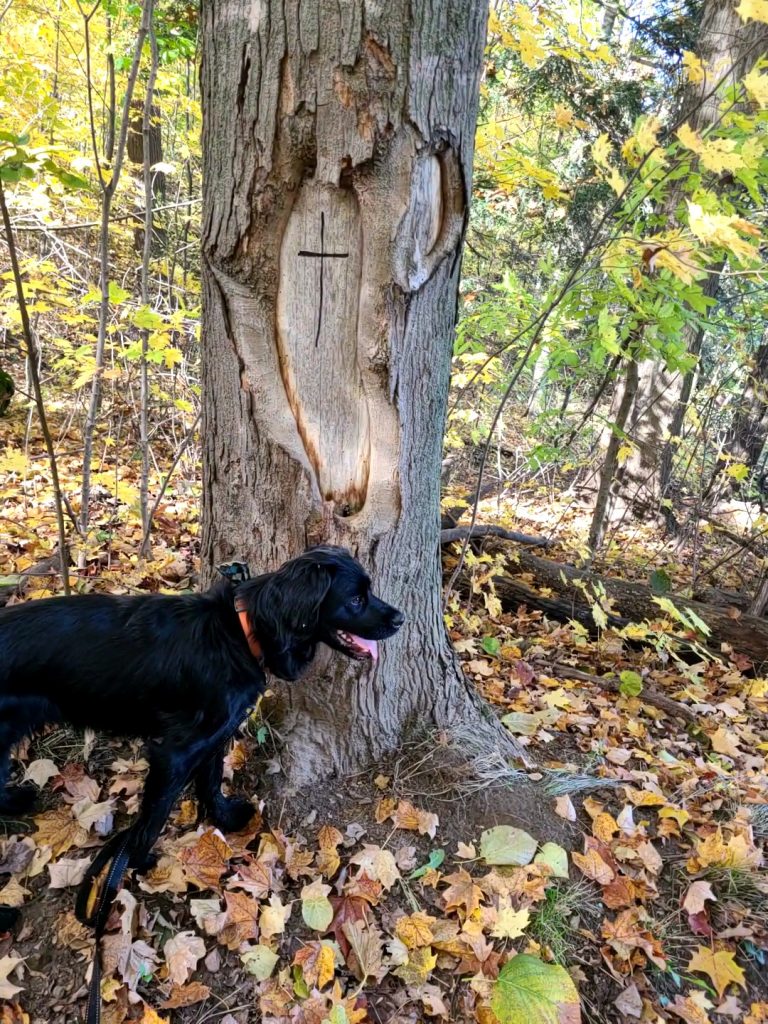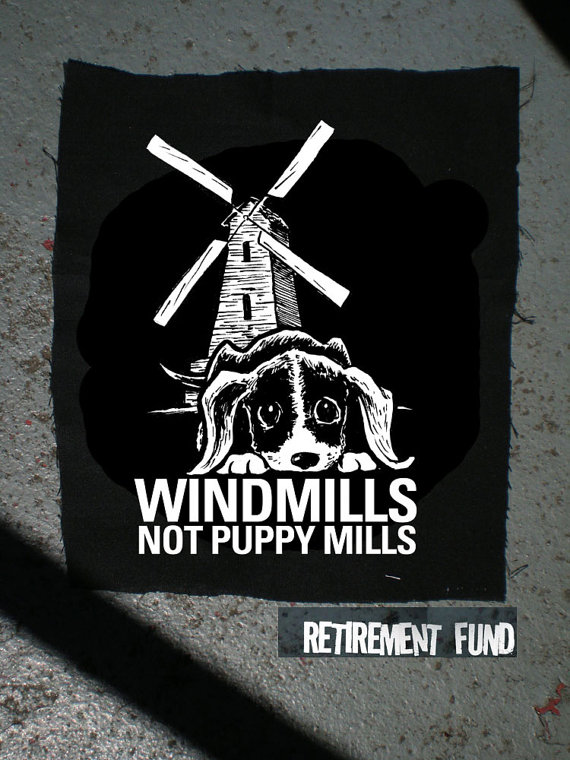There is an inevitability with our pets that so many of us try to ignore until we can’t ignore it anymore: they are going to die. It’s a truth with all living things, but with our pets there is an additional layer of complexity: often, we make the choice as to their time of death, and there is a huge responsibility in that. Death, with our pets, can be anywhere from a shocking accident to a kind euthanasia to a natural death at home; wherever your pet’s death falls on that spectrum, this is my guarantee to you: it will not be easy, but it will be easier if you have thought about it in advance and have some preparations in place.
The first thing to consider is how you ethically feel about euthanasia. For many people, it is viewed as a final gift you can give your beloved pet: a painless, peaceful end, surrounded by loved ones. For others, it is not an option they are willing to consider, and that’s okay. If it is an option for you, consider how and when you’ll know it is time. Dr. Villalobos has a Quality of Life Scale that can be helpful here. Either way, consider how you will manage your dog when it is nearing time – what kind of pawspice care can you provide? Medications for pain management? Baby gates to keep your dog safely confined? Wet food if they’re off their kibble? A sling to help with mobility if they’re struggling?
If you choose the euthanasia route, when it is time, what do you want that to look like? If you don’t have a vet, find one you can call on well in advance. Nothing is worse than being in a crisis moment and calling around to every clinic in your area to see who has room. Would you like to bring your dog to the clinic? Or have the vet come to your home? The latter is often lower stress for the whole family, but can be more expensive and – with the covid-19 pandemic still ongoing – isn’t always available. If you’re going to the clinic and you know that to be stressful for your dog, talk to your vet about oral medications you can give your dog before going in to help it be as low stress as possible.
Death, Itself.
Know in advance what you’re going to be seeing. If you’ve never seen euthanasia or death before, you don’t want to be worrying about that while trying to enjoy your last few moments with your pet. Ask your vet what their euthanasias look like. Some vets will give your dog a sedative first, which takes a few minutes to kick in. That is your time to cuddle, talk to, listen to music with, or feed treats to your pet (or whatever it is you want to spend the time doing together). Once your dog is fully sedated, the vet will come in and give an injection of a strong anesthetic which is the euthanasia itself. Death comes quickly, and it is quiet. You dog may pee or poo, take a few deep breaths, move their lips, or twitch their feet; it’s normal, don’t worry.
Aftercare
Then, it is time for aftercare. Another thing to have planned in advance: what do you want to do with your pet’s body? The options are endless and there is not a wrong answer. Some, your vet can help you facilitate, others, you’re on your own. Most commonly I see plain old disposal (most vets can do this for you), cremation, aquamation, and burial (whether at home or at a pet cemetery). If you’re cremating, what do you want to do with the ashes? You don’t have to decide right away – they’re not going anywhere. Keep in a special place at home? Scatter somewhere your pet loved to be? Not get them back at all? If you’re doing a home burial, take weather into account – if the ground is frozen, do you have a freezer you’re comfortable storing your dog until you can do it? And make sure to bury deep – if another animal digs your pet up and chews on them, not only will it be traumatic for you, it will be dangerous to that animal, as your dog can still have the euthanasia drugs in their system.
I know, dark, right? But forewarned is forearmed, and pretending it isn’t going to happen will make it harder when it does.
Leading up to final days, take lots of photos or videos. It may be too hard to watch them for a while after your pet dies, but one day you’ll want them.
Some Final Thoughts to Leave You With:
Have friends or family around if you can. You may not be up for driving, or handling paperwork or payment with the vet. Have someone(s) to help.
Maintain routines afterwards. Having a pet can have a huge social aspect, and if you lose your pet and your routines at the same time, it’s a lot. Keep going for your walks. If you and your dog went to the dog park, you can still go. Say hi to your dog friends and their owners.
Be patient with yourself. Grief is not easy. Death is not easy. People handle it differently. You’re allowed to process it at your own pace. Grief isn’t linear; some days are better and some days are worse again.
Memorialize however feels right to you. Whether that is just remembering your pet while you go for walks, writing about them, doing art, keeping their favourite toy or collar, or telling stories about them to friends and family.
As for me? I may cry just thinking about it, but when my Athena dies, it will, if we’re lucky, be an at home euthanasia. I’ll be feeding her raw meatballs and cuddling her. We’ll be listening to “Home” by Edward Sharpe and the Magnetic Zeros. She will know exactly how loved she is.
Well, holy moly, me oh my, you’re the apple of my eye, girl I’ve never loved one like you. Man oh man, you’re my best friend…
“Home” by Edward Sharpe & the Magnetic Zeros
Additional Resources:
- “When to Say Goodbye” from dogdementia.com; I cannot recommend enough Eileen Anderson’s book “Remember Me?”
- My previous post on living with senior dogs
- Two Hearts Pet Loss



